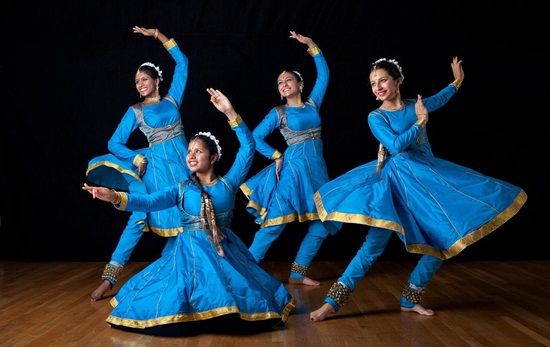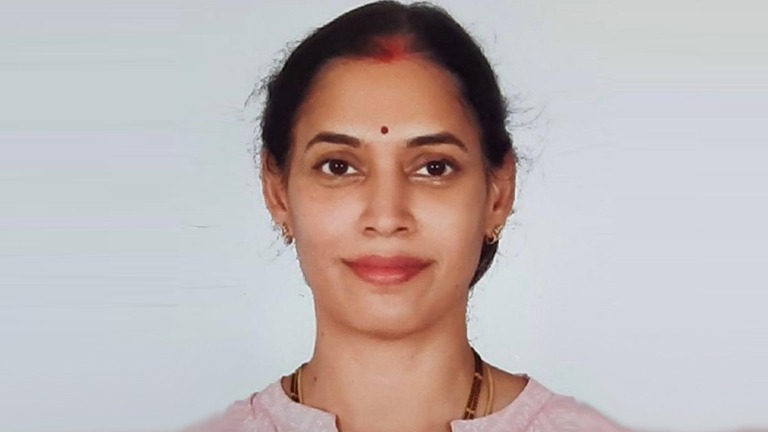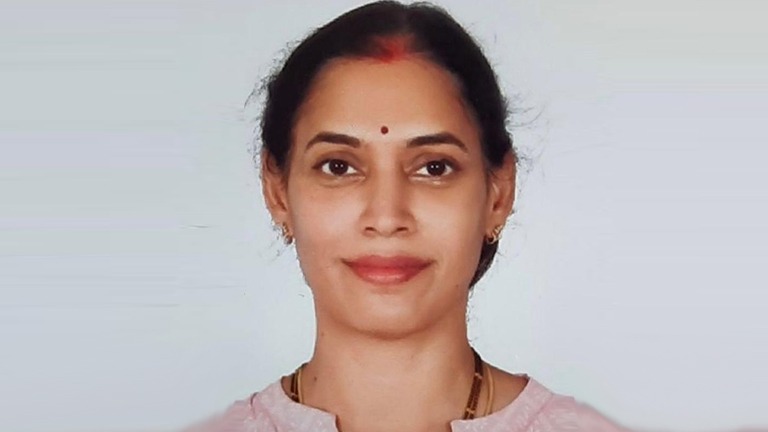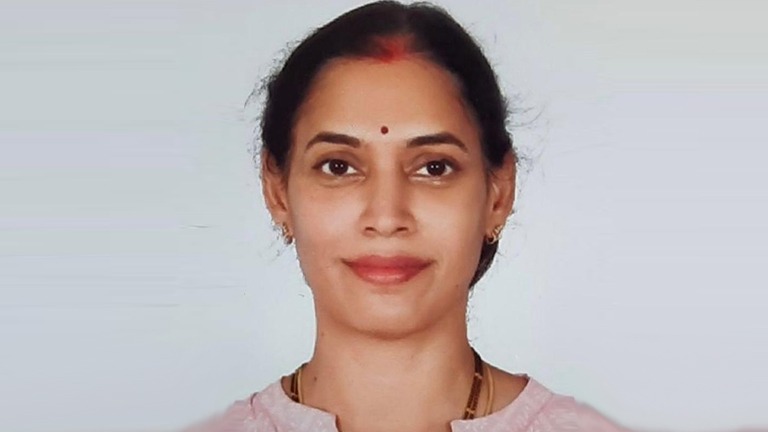It can be said that Indian classical dance is an artistic spiritual journey using the body as the medium.
The origin of Indian classical dance forms such as Bharatanatyam, the most ancient dance form, and Odissi can be traced back to the Natya Shastra, written by Bharata muni, which is considered as the Fifth Veda. It is believed that the science of dance has been passed from the Gods to the humans and in the course of this transition,

Several styles were created based on the region and have evolved into various dance forms, among which Bharatanatyam, Kathak, Kuchipudi, Kathakali, Manipuri, Mohiniattam, Sattriya and Odissi are recognized by the Sangeet Natak Academy as Indian Classical Dances. All these dance forms use mudras or hand signs combined with angika or bodily movements and abhinaya or facial expressions in order to express a narrative. These varying dance forms reflect the variety of regional cultures that can be found within India. Indian classical dances were originally performed in temples, mostly by women, who were known as devadasis, with the main purpose being expression of bhakti. The stories expressed through classical dance forms are typically religious or spiritual ones, and therefore this art is regarded as a form of worship or meditation. The tradition of devadasis gradually degraded and dancers entered the royal courts, where they were known as Rajanartakis and primarily danced for the entertainment of the royal families.
Early 19th century can be marked as one of the most innovative periods of Indian Classical Dance. During this period, four brothers : Chinnaih, Sivanandam, Ponnaih and Vadivelu, who came to be known as Tanjore Quartet refined Bharatanatyam by organizing all basic movements of Bharatanatyam into a progressive series, known as adavus. Kalakshetra style in Bhartanatyam, invented by Rukmini Devi Arundale is well known and can be said to have brought Indian classical dance into the limelight again. Pandit Birju Maharaj in Kathak, Guru Bipin Singh in Manipuri, Kelucharan Mahopatra in Odissi are other famous Classical dancers who contributed to their dance forms.
Yakshagana, is a form of dance drama performed in the temples in the state of Karnataka, marked by colourful costumes, makeup and masks. It evolved in the 16th century and depicts primarily Puranas and mythical stories.
Kuchipudi, is a form of Indian Classical dance of Andhra. It is also performed mostly as a dance drama. Vempati Chinna Satyam garu, founder of Kuchipudi Art Academy, systematised Kuchipudi bringing it closer to the standards of Natya Shastra as a classical dance form, which otherwise was considered as a kind of folk dance.
While Classical Dance forms were primarily used as a medium to bring spiritual upliftment to the audience and the dancer, folk dances, on the other hand, tend to reflect the general society, traditions and way of life. They are much simpler forms of dance and are often times used to express joy and celebration. It connects one to their traditional culture. Since India is a country with many different festivals and traditions that take place year-round, folk dances are an integral part of Indian culture. Like classical dance forms, different forms of folk dance styles can be found in different parts of India.
Though many contemporary dancers use techniques from Classical dance forms in stage performances for various themes, it has to be remembered that Indian Dance forms are a sacred ritual deeply rooted in Hindu Heritage.
Further Reading :
https://indiashine.net/dance-forms-of-india/
https://dreambiginstitution.com/list-of-folk-dances-in-india-pdf/
https://www.culturalindia.net/indian-dance/classical/bharatnatyam.html

Smt. Swapna Krishnamohan
March 2023
Does Indian Classical Dance Enhance Cognitive skills?
If the title created any curiosity in you, I invite the readers to join me on this voyage of delving into…
Read More
Smt. Swapna Krishnamohan
Nov 2022
The Artist and their essential quality
“The artist is a receptacle for emotions that come from all over the place: from the sky, from the earth, from a…
Read More
Smt. Swapna Krishnamohan
Oct 2022
Bhakti – a perspective from a 21st century artist, a dancer, and a teacher
Bhakti is a topic that is personal and depends on one’s life, upbringing, atmosphere…
Read More